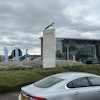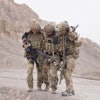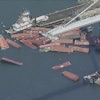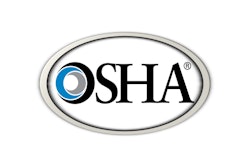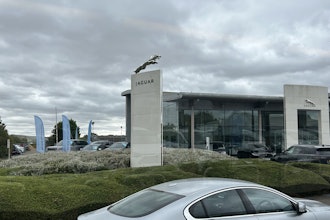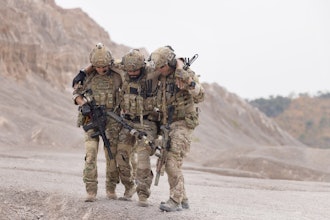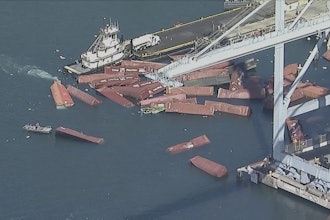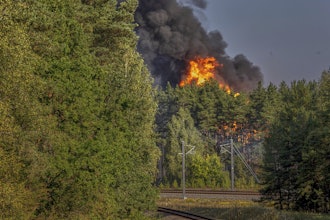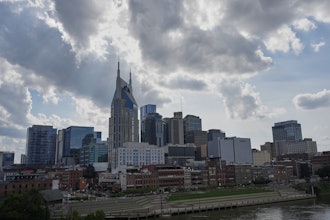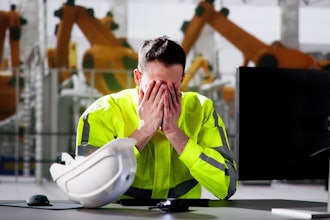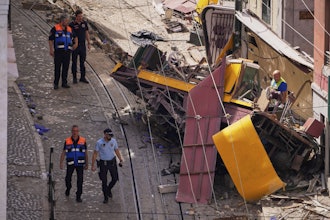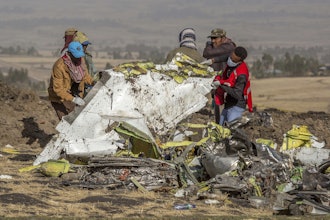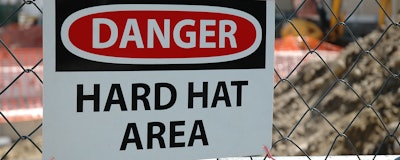
The Campbell Institute at the National Safety Council has released the findings of a pilot study showing that workers who are trained on the concept of visual literacy are able to spot workplace hazards that may have otherwise gone unnoticed. In A Second Look: Update on Visual Literacy, the second in a series, the Institute details how companies such as Cummins Inc. have trained employees in visual literacy principles and within three months 132 issues were identified and 25 new hazards were corrected.
“About 90 percent of the information people consume is visual,” said John Dony, director of the Campbell Institute. “Taking in that much visual data can lead us to have inattentional blindness – only seeing what we deem important to see, but being blind to many other details like potential hazards. That’s why training workers to better see where those hazards might exist is crucial to workplace health and safety.”
According to the report, employees who have received the visual literacy training have identified new types of hazards by using the elements and process of visual literacy, which has led to improvements and fixes in their work environments. There also appears to be an increase in the number of proactive hazard and near miss reports after the delivery of visual literacy training. Workers are also showing a heightened risk perception and lower risk tolerance.
The Campbell Institute has partnered with the Center of Visual Expertise (COVE) to provide the train-the-trainer workshops for Institute members in the pilot project. To continue with the evaluation, the researchers at the Institute and COVE hope to receive more data on Job Safety Analyses (JSAs) from all the project sites to test the hypothesis that visual literacy for hazard recognition can result in better quality JSAs.
COVE evaluations of the training workshops are showing that employers find this new concept of visual literacy to be very helpful. Based on 55 evaluations, 95 percent would recommend the workshop to a colleague, and 100 percent have endorsed the relevance of visual literacy to the field of environment, health and safety.

